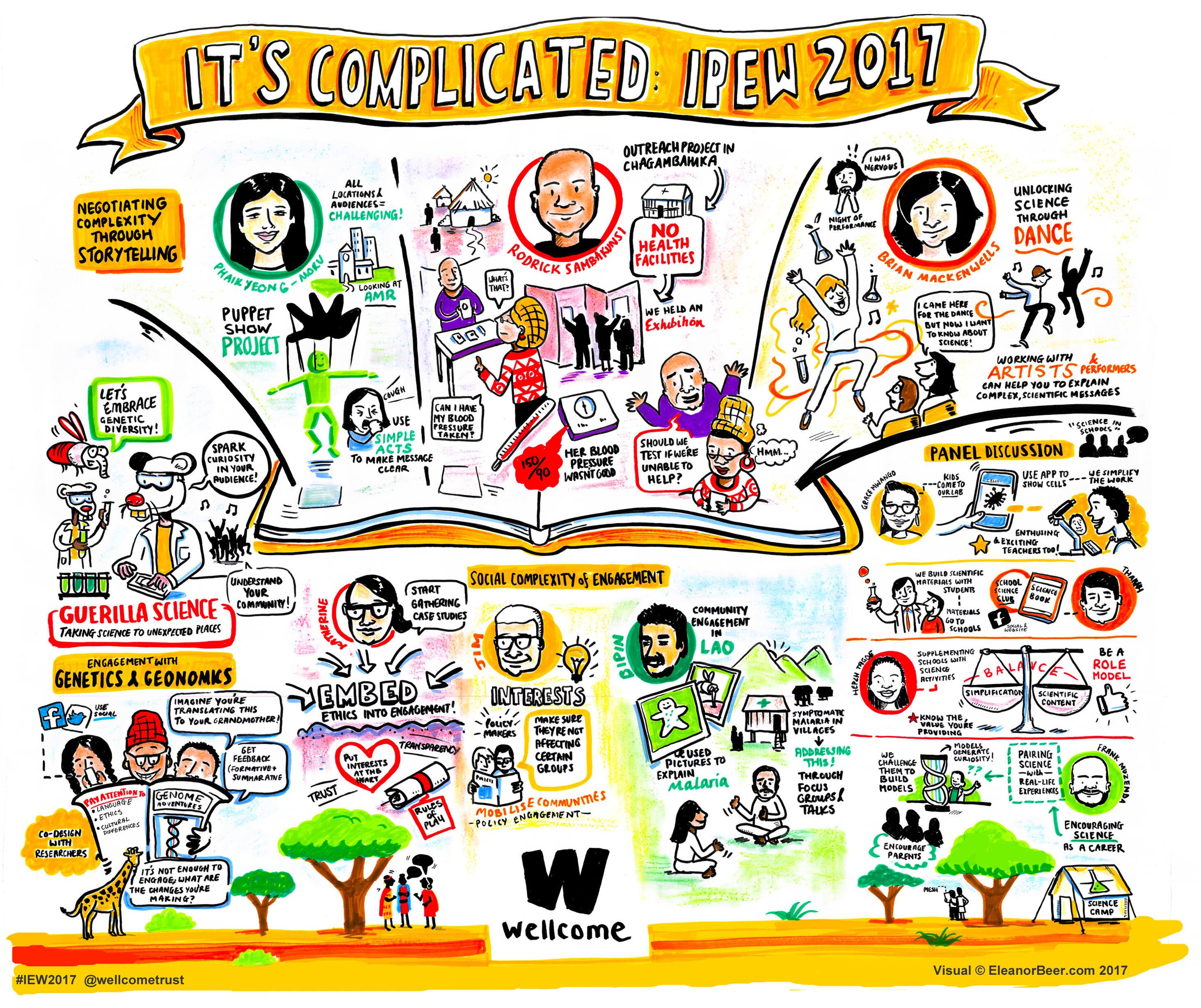“Welcome, grab a packet of popcorn and have a seat,” our hostess said. We were here to watch a movie about Mandla, a fictional South African miner who moonlights as lead singer for a band called the Lucky Specials. About halfway through the movie, Mandla says, “actually I don’t feel lucky or special right now.” I had to agree with him. At this point in the film Mandla is sick with Multi-Drug Resistant Tuberculosis (MDR-TB). He cannot sing anymore, his girlfriend is mad at him and the band is falling apart. All this because he had not completed his TB medication.
His failure to complete treatment caused the TB bacteria to develop resistance to the medication he had been taking and mutate into a deadly microbe that, according to the World Health Organization, caused approximately 250 000 deaths worldwide in 2015. Fortunately for him, the treatment he underwent for MDR-TB worked and by the end of the movie, Mandla had won back his health and his girlfriend. He also landed an opportunity for his band to play at an international music festival.
Caption: Trailer for The Lucky Specials
The Lucky Specials was screened at a public engagement workshop I attended on March 6-8, at Sawela Lodge in Naivasha, Kenya. The workshop was hosted by the Wellcome Trust Public Engagement division and had over 50 participants drawn from Africa, Asia and Europe. The purpose of the workshop was to investigate the theme of complexity in modern science and explore different tools that public engagement practitioners can use to navigate complex ideas in health research and interactions with lay audiences.

Caption: Visual recording of discussions at Naivasha workshop on communicating scientific complexities in ommunity settings
Lucky Specials was screened as an example of some of the innovative communication tools that public engagement practitioners have at their disposal. The movie masterfully blended information on TB including its propagation, impacts and treatment, with a captivating storyline around Mandla and the band. Following its screening, workshop participants engaged in a discussion about the movie’s use in TB education campaigns around the continent. Then came the million-dollar question.
“How much was it to make this movie?” someone asked.
“Just over a million dollars,” replied Maureen Lemire from Discovery Learning Alliance, the organisation behind the movie’s production. When combined with the outreach, distribution, measurement and evaluation, the total cost added up to 2 million US Dollars. The organisation hopes that The Lucky Specials will do even better than their previous movie on HIV-AIDS, “Inside Story,” which reached over 400 million viewers.
Not many organizations have resources like that to use in public engagement. Fortunately, the workshop also showcased low-cost methods that can be used to communicate complex scientific concepts to different audiences. For instance, Alex Adadevoh from Lightyear Foundation in Ghana demonstrated how they have used a balloon, coins, a set of keys and a water tumbler to teach school children about buoyancy. Brian Mackenwells from the Wellcome Trust Center for Human Genetics used a set of playing cards to communicate the link between malaria and genetics. These concepts may seem complex but the two were able to convey the information in a clear and engaging manner. They demonstrated that effective public engagement does not have to be expensive.
The timing of this workshop could not have been better. At a time when the world is said to be moving into a post-truth era characterised by ‘alternative facts’ and mistrust of experts by the public, communication that conveys factual information and also connects with mass audiences is sorely needed. The world contains countless complexities which are reflected in science. Public engagement has a crucial role to play in ‘simplifying the complex’ and making science accessible. However, workshop participants noted that there’s a fine line between simplification and over-simplification, which can lead to the loss of core scientific tenets. Navigating that fine line is a skill that public engagement practitioners have to master when communicating with communities and lay audiences.
Unlike Mandla in the movie, I felt both lucky and special to have attended the workshop. I learned about the many different tools that public engagement practitioners have at their disposal, ranging from the low-cost to multi-million dollar items. It also offered many wonderful opportunities to connect with a group of people who are passionate about public engagement. The image below summarizes the workshop discussions in a clear and compelling manner, just like public engagement should be.
In June 2017, Mesh will publish a suite of materials stemming from the International Engagement Workshop, 2017. These will be available to all Mesh users and will include videos of presentations, summaries of discussions, and tools mentioned and used in the workshop. Stay tuned and look out for more information on the workshop page.

Please Sign in (or Register) to view further.